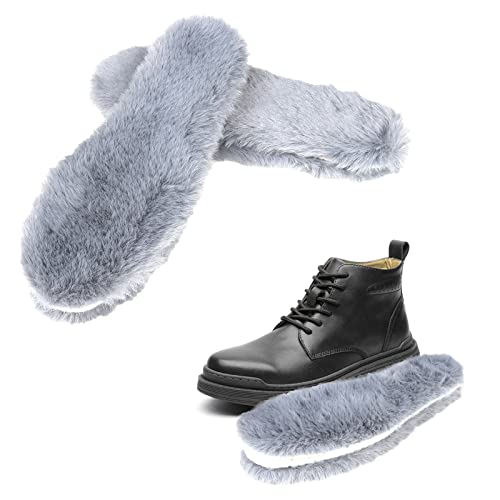Okay, so I've learned that rabbits are a live and learn thing.
This is the coolest summer we've had in a few years here. Although my angoras are doing great, my new rex meat trio that I have been so proud of are having heat issues. They came from a higher altitude where it was cooler, so the heat down here is stressing them out. The buck is doing fine, but both the does have clear discharge coming from their noses and are sneezing. I've been reading up on the forums here and found that it is just heat induced, which I figured since no angoras have caught anything, but I don't want meat stock that won't do well in the heat. (My backyard hasn't gotten up past 95 this year with the shade, so I'm surprised they are having issues when the angoras had little problem dealing with the 100 + temps last year.) Also disappointed that the Rex have callouses on their hocks (not sores, just hairless) I've read this was common wih the breed, but I don't feel good about it, and they already have resting mats in their cages.
So, my choices are:
Keep a doe kit from each litter that may be better suited for the heat since it was born here, and send mommas to freezer camp with the rest of the litters. Keep the existing buck and breed him to his daughters for meat. Deal with the calousing on the hocks.
OR
Cull all the Rex and start over with a more heat tolerant breed. I want to find a more of a heritage breed if possible, or start my own hardy mutt strain. Good heat and cold tolerance is a must, as well as a fast growth rate and large body.
What are your opinions? I'm just starting on meat rabbits, so I'm open to suggestions. (I do eat my angora culls too, but they are more valuable to sell for what they go for to make up costs for the food) what would you do and what breeds/crosses would you suggest?
This is the coolest summer we've had in a few years here. Although my angoras are doing great, my new rex meat trio that I have been so proud of are having heat issues. They came from a higher altitude where it was cooler, so the heat down here is stressing them out. The buck is doing fine, but both the does have clear discharge coming from their noses and are sneezing. I've been reading up on the forums here and found that it is just heat induced, which I figured since no angoras have caught anything, but I don't want meat stock that won't do well in the heat. (My backyard hasn't gotten up past 95 this year with the shade, so I'm surprised they are having issues when the angoras had little problem dealing with the 100 + temps last year.) Also disappointed that the Rex have callouses on their hocks (not sores, just hairless) I've read this was common wih the breed, but I don't feel good about it, and they already have resting mats in their cages.
So, my choices are:
Keep a doe kit from each litter that may be better suited for the heat since it was born here, and send mommas to freezer camp with the rest of the litters. Keep the existing buck and breed him to his daughters for meat. Deal with the calousing on the hocks.
OR
Cull all the Rex and start over with a more heat tolerant breed. I want to find a more of a heritage breed if possible, or start my own hardy mutt strain. Good heat and cold tolerance is a must, as well as a fast growth rate and large body.
What are your opinions? I'm just starting on meat rabbits, so I'm open to suggestions. (I do eat my angora culls too, but they are more valuable to sell for what they go for to make up costs for the food) what would you do and what breeds/crosses would you suggest?






























